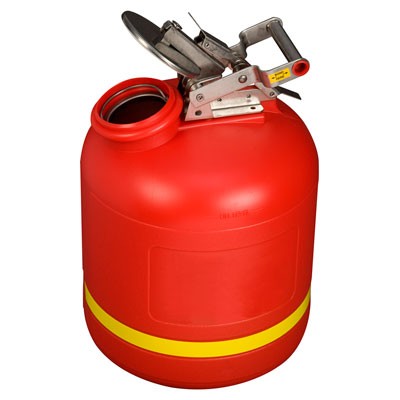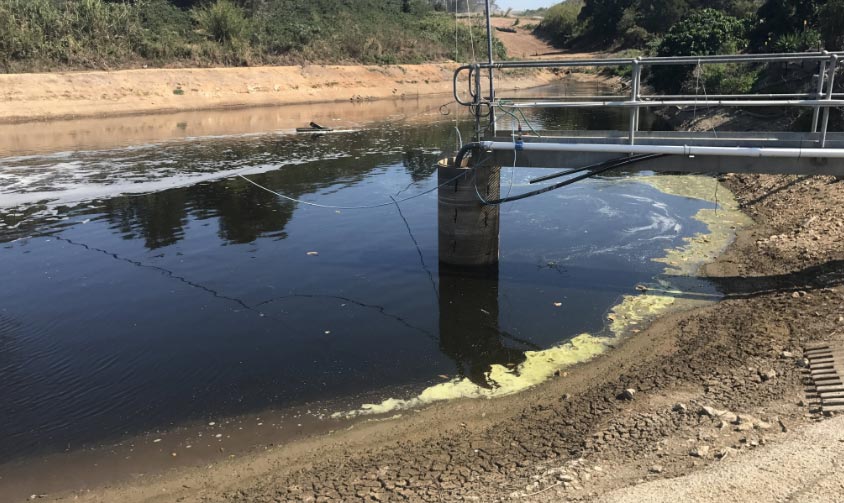Professional Liquid Waste Removal Melbourne: Keeping Your Atmosphere Tidy
Comprehending the Comprehensive Process of Liquid Garbage Disposal: Best Practices and Environmental Impact Factors To Consider
The management of liquid waste disposal is a multifaceted issue that calls for an extensive understanding of numerous finest techniques and their connected environmental effects. From the types of fluid waste produced to the methods utilized for collection, treatment, and last disposal, each action plays a vital function in protecting ecological communities and public health.
Kinds of Fluid Waste
Comprehending the various sorts of fluid waste is necessary for efficient monitoring and disposal practices. Fluid waste can be generally categorized right into a number of kinds, each needing distinct handling and therapy approaches.
Industrial liquid waste commonly consists of unsafe products, including heavy steels, solvents, and chemicals, created during manufacturing processes. These wastes demand stringent regulative conformity to shield human health and wellness and the atmosphere. Domestic fluid waste mainly describes wastewater produced from homes, including sewer and greywater, which, although less harmful, can still posture considerable risks if incorrectly handled.
Agricultural liquid waste, consisting of overflow from ranches, often includes plant foods and pesticides that can bring about environmental degradation if not treated appropriately. Clinical liquid waste, generated from healthcare facilities, includes infected liquids such as bodily liquids and chemicals, needing specialized disposal techniques to stop infection and ecological contamination.
Last but not least, oil and grease waste, normally created by restaurants and auto industries, can trigger severe obstructions in sewage system systems if not handled correctly. Understanding these classifications helps with targeted strategies for treatment, conformity with policies, and reliable disposal approaches, inevitably advertising environmental sustainability and public wellness safety and security.

Collection Approaches
Effective collection techniques are critical for the proper monitoring of liquid waste, making sure that it is gathered securely and effectively before therapy or disposal. Various techniques are utilized depending on the kind of fluid waste created, the quantity, and the specific characteristics of the waste.
One typical method is the use of specialized collection containers or sumps, which are designed to catch liquid waste at the resource. These systems commonly integrate pumps that assist in the transfer of waste to larger storage space containers or treatment centers. Additionally, mobile collection systems equipped with vacuum cleaner modern technology are utilized in circumstances where waste is produced intermittently or in hard-to-reach places.
For commercial setups, closed-loop systems can properly reduce leakages and spills, permitting for the recovery and reuse of liquid waste. It is additionally vital to educate employees on appropriate collection methods to alleviate threats connected with harmful substances.
Moreover, implementing normal maintenance timetables for collection tools makes sure optimum efficiency and security. The combination of innovative surveillance systems can boost collection efficiency by supplying real-time data on waste degrees and potential threats. Overall, reliable collection approaches are fundamental to lasting fluid waste management practices.
Therapy Processes
Therapy procedures play an important function in the management of fluid waste, transforming possibly dangerous materials right into safe effluents or multiple-use sources - liquid waste disposal. These procedures can be extensively classified right into physical, chemical, and biological approaches, each customized to address certain contaminants present in the waste stream
Physical treatment techniques, such as sedimentation and filtration, job by eliminating put on hold solids and particulate issue. These strategies are commonly the very first step in the treatment chain, properly minimizing the lots on succeeding processes. Chemical therapies involve the usage of reagents to counteract unsafe compounds, speed up heavy metals, or oxidize natural contaminants, therefore boosting the safety and security of the effluent.
Organic treatment procedures, consisting of triggered sludge systems and anaerobic food digestion, maximize the all-natural capabilities of bacteria to deteriorate organic issue. These approaches are especially effective for wastewater containing naturally degradable toxins. Advanced therapy technologies, such as membrane layer filtering and progressed oxidation processes, are significantly used to achieve higher levels of purification.
Integrating a combination of these therapy methods not just guarantees compliance with governing criteria yet also advertises ecological sustainability by recovering important resources from fluid waste.
Disposal Options
Just how can organizations make certain the liable and safe disposal of liquid waste? Reliable disposal options are essential for securing public wellness and more the atmosphere. The main methods include land incineration, treatment, and disposal adhered to by discharge into community wastewater systems.
Land disposal entails the cautious control of fluid waste in designated garbage dumps, making certain that it does not leach right into surrounding dirt or water. Incineration, on the various other hand, subjects fluid waste to high temperatures, converting it right into ash and gases, which require correct purification to minimize discharges. This technique appropriates for contaminateds materials that can not be dealt with via typical means.
In cases where liquid waste can be dealt with, companies may decide for organic or chemical treatment processes to counteract hazardous parts prior to releasing the dealt with effluent into metropolitan systems. This path usually straightens with regulative needs, making sure that the effluent fulfills safety standards.
Inevitably, organizations need to conduct detailed evaluations of each disposal choice to establish its viability, thinking about elements such as waste structure, governing compliance, and potential dangers to health and the atmosphere. By picking ideal disposal methods, companies can add to a liable waste monitoring method.
Environmental Impact
The ecological influence of fluid waste disposal is a critical consideration for organizations seeking to reduce their ecological impact. Additionally, the discharge of without treatment or improperly treated waste right into surface waters can result in eutrophication, leading to oxygen exhaustion and the succeeding death of fish and other microorganisms.

To mitigate these effects, companies must embrace best practices such as executing strenuous waste therapy processes, promoting recycling and reuse, and sticking to regulatory requirements. By taking a proactive technique to liquid waste administration, entities can substantially decrease their ecological footprint while sustaining lasting development objectives. Ultimately, an extensive understanding of the ecological impacts connected with fluid garbage disposal is essential for notified decision-making and responsible stewardship of natural deposits.
Verdict
Efficient administration of fluid waste is crucial for securing ecological stability and public wellness. By taking on ideal methods in treatment, collection, and disposal, along with adherence to regulatory standards, the possibility for unsafe contamination of environments can be significantly minimized. Continual developments in innovation and processes contribute to lasting waste management efforts. Ultimately, a comprehensive understanding of fluid waste disposal not just reduces ecological influences however also fosters a commitment to accountable resource management and environmental stewardship.
The administration of liquid waste disposal is a diverse issue that calls for a thorough understanding of various ideal methods and their connected ecological influences. From the types of fluid waste created to the approaches used for collection, treatment, and last disposal, each step plays a critical function in guarding ecosystems and public health.The environmental influence of fluid waste disposal is a critical factor to consider for organizations seeking to decrease their address eco-friendly impact. Inevitably, a thorough understanding of the ecological impacts connected with liquid waste disposal is vital for educated decision-making and responsible stewardship of natural resources.
Ultimately, an extensive understanding of fluid waste disposal not just mitigates ecological impacts yet also fosters a commitment to responsible source monitoring and ecological stewardship.